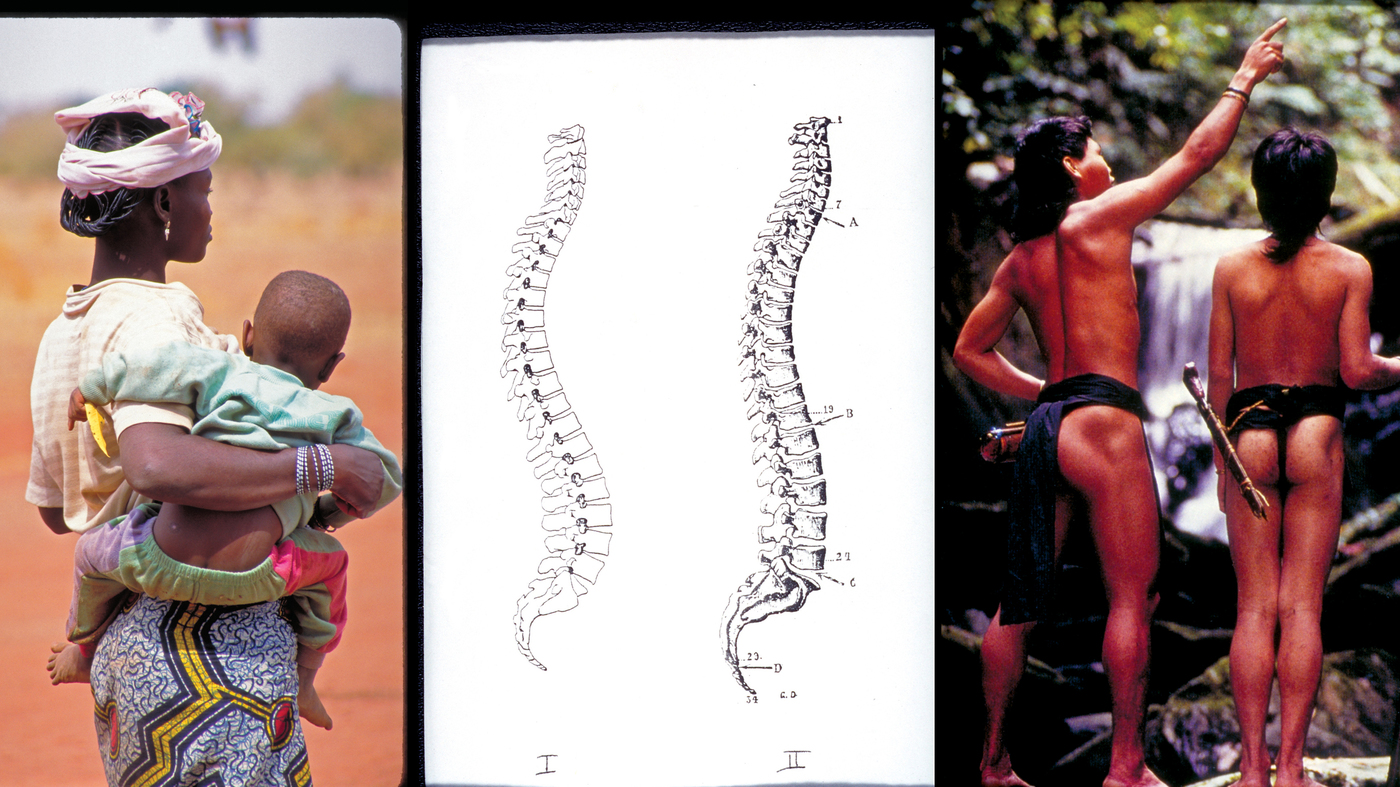Postural analysis
The word posture is derived from the Latin verb ponere, meaning “to put or place.” The word analysis comes from the Greek word analyein, meaning “to break up.” Therefore, postural analysis is simply the process of “breaking up” the body to determine where it should be “put or placed.”
When a vehicle’s alignment is off, it manifests as uneven tread wear and loss of tire life. Likewise, when a car’s tires are not balanced properly, ride quality is diminished, tire life is shortened, and bearings and shock-absorber performance suffer. When range of motion, pain, organ dysfunction, and joint, tendon, ligament and muscle stress.The body, like tires, has an ideal position. It also must be balanced to run smoothly and last a long time. For a mechanic to assess and adjust the front end of a vehicle, they must first check wheel positioning for deviations from the norm. To do this, they set the wheels in a standard position and conduct an evaluation. In massage terms, this is the equivalent of taking a postural analysis. A mechanic’s objective findings also are reported in terms we can relate to the body.
For example, what the mechanic refers to as “toe-in or toe-out” is what we call “internal or external rotation.” What a mechanic calls “camber,” we call “tilt.”When we report to a mechanic that the tire tread on our vehicle is wearing unevenly and the steering wheel is vibrating, we have given our subjective complaints. The mechanic hears this complaint frequently and knows exactly what needs to be done. Before they can conduct their evaluation, however, they need to use the proper equipment to access and design a repair plan according to the car model’s specifications.In the same way, clients often make subjective complaints to us about headaches and neck and back pain. Just like a mechanic, we need to use the proper equipment to access and design a customized therapy session to meet each individual client’s needs, focusing on both short- and long-term goals. The breathing patter of the client will also determine posture.

Primal posture: Ubong tribesmen in Borneo (right) display the perfect J-shaped spines. A woman in Burkina Faso (left) holds her baby so that his spine stays straight. The center image shows the S-shaped spine drawn in a modern anatomy book (Fig. I) and the J-shaped spine (Fig. II) drawn in the 1897 anatomy book Traite d’Anatomie Humaine
What they said
“This made me think about lots of things – both physical and mental. I have learnt to stay open to everything and consider the three sides of the coin.”
“I have learnt some great reset movement exercises, which I will apply in between traditional exercises recognising the emotional patterns of posture.”
“I know I will use the material from this course and apply it to clients.”
“This has opened my mind to seeing people in a different, deeper way. It has boosted my confidence and motivation and I can apply this to so many of my clients.”
“I have learnt how important breathing is to body movement and connection. How mental status has an impact on the body and movement, and to stop doing what I have always done.”
“I have learnt to consider the emotional attachment to the muscular structural imbalances of the body.”
What you will learn
- Fascia and how does it effect the function of the body
- How does fascia effect your posture
- Identify traditional posture charts and how we can relate them to the moving functional body
- Length / tension relationships – how to correct and restore, should we correct and restore?
- Does good and bad posture exist?
- The neutral spine argument
- The nervous system and its relation to fascia
- Trauma and the emotional subtle body
Posture order
Introduction
- Posture – What is it?
- Types of posture
- Emotions and energy
- Chakras and posture
- Postural alignment & neutral spine
- Postural analysis
- a) Practical session postural analysis
- b) Practical session postural analysis

